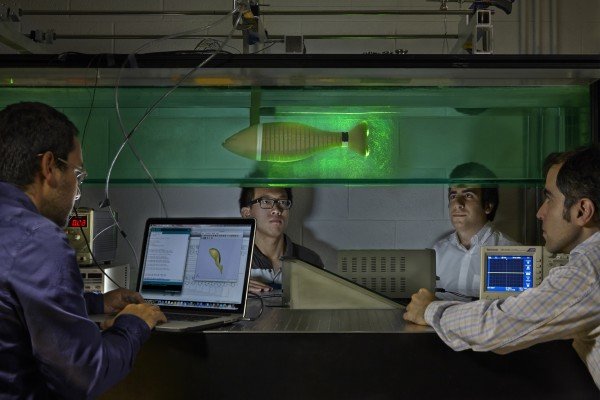On August 20, JoVE, the Journal of Visualized Experiments will publish a technique from the Capadona Lab at Case Western Reserve University to accommodate two challenges inherent in brain-implantation technology, gauging the property changes that occur during implantation and measuring on a micro-scale. These new techniques open the doors for solving a great challenge for bioengineers — crafting a device that can withstand the physiological conditions in the brain for the long-term.
“We created an instrument to measure the mechanical properties of micro-scale biomedical implants, after being explanted from living animals,” explained the lab’s principal investigator, Dr. Jeffrey R. Capadona. By preserving the changing properties that occurred during implantation even after removal, the technique offers potential to create and test new materials for brain implant devices. It could result in producing longer lasting and better suited devices for the highly-tailored functions.
For implanted devices, withstanding the high-temperatures, moisture, and other in-vivo properties poses a challenge to longevity. Resulting changes in stiffness, etc, of an implanted material can trigger a greater inflammatory response. “Often, the body’s reaction to those implants causes the device to prematurely fail,” says Dr. Capadona, “In some cases, the patient requires regular brain surgery to replace or revise the implants.”
New implantation materials may help find solutions to restore motor function in individuals who have suffered from spinal cord injuries, stroke or multiple sclerosis. “Microelectrodes embedded chronically in the brain could hold promise for using neural activity to restore motor function in individuals who have, suffered from spinal cord injuries,” said Dr. Capadona.
Furthermore, Capadona and his colleagues’ method allows for measurement of mechanical properties using microsize scales. Previous methods typically require large or nano-sized samples of material, and data has to be scaled, which doesn’t always work.
When asked why Dr. Capadona and his colleagues published their methods with JoVE, he responded “We choose JoVE because of the novel format to show readers visually what we are doing. If a picture is worth [a] thousand words, a video is worth a million.”
Story Source:
The above story is based on materials provided by Journal of Visualized Experiments (JOVE), via Newswise.





